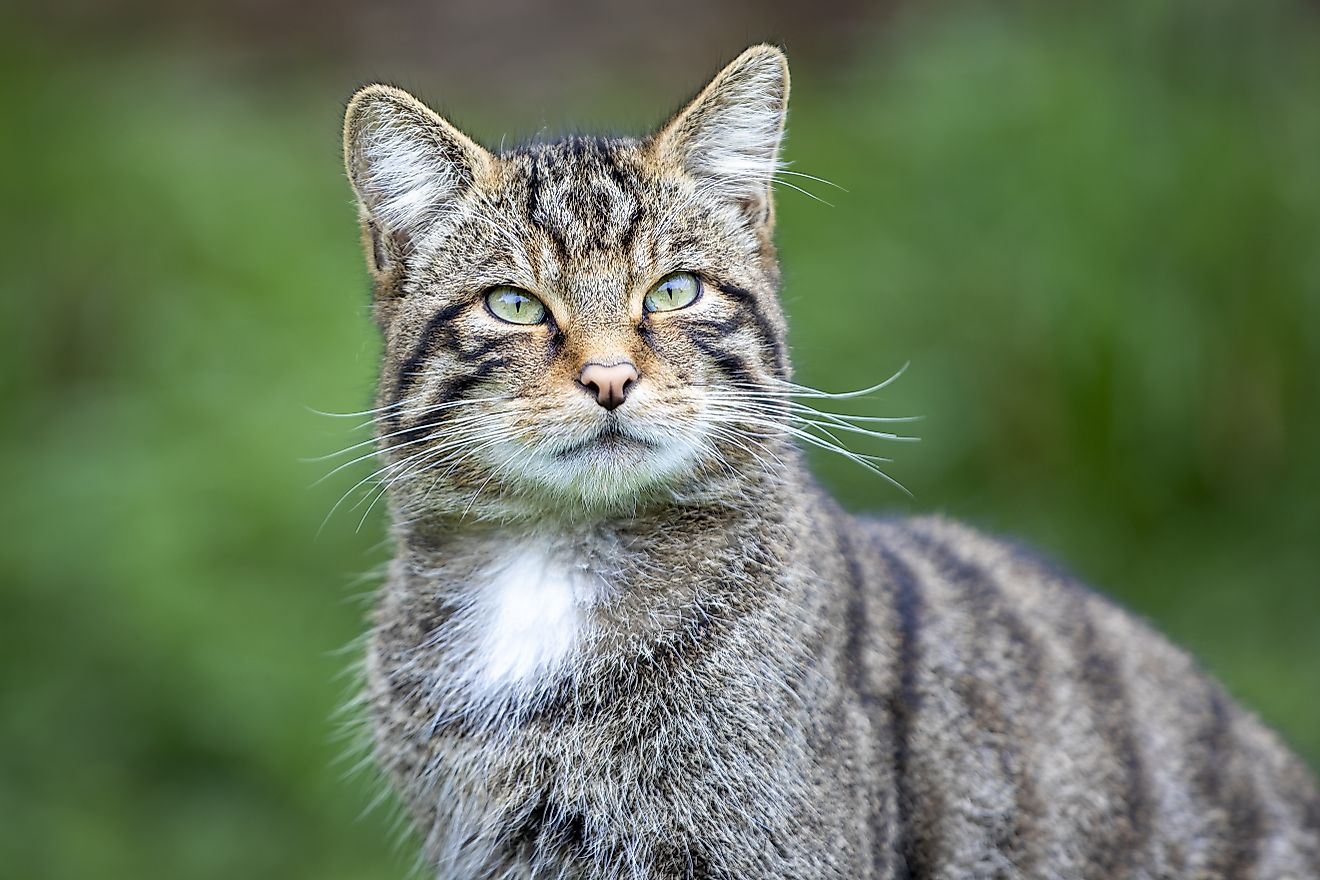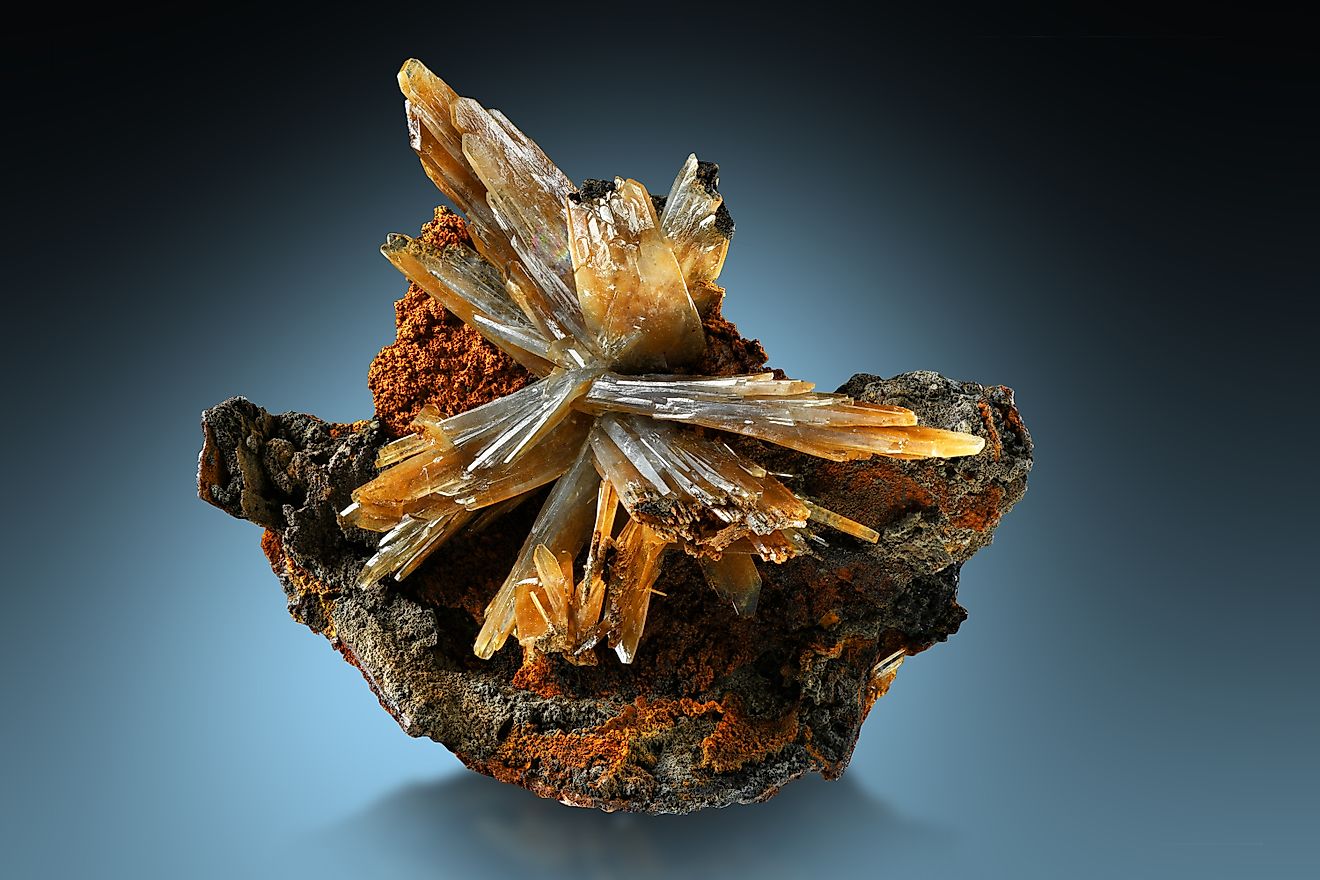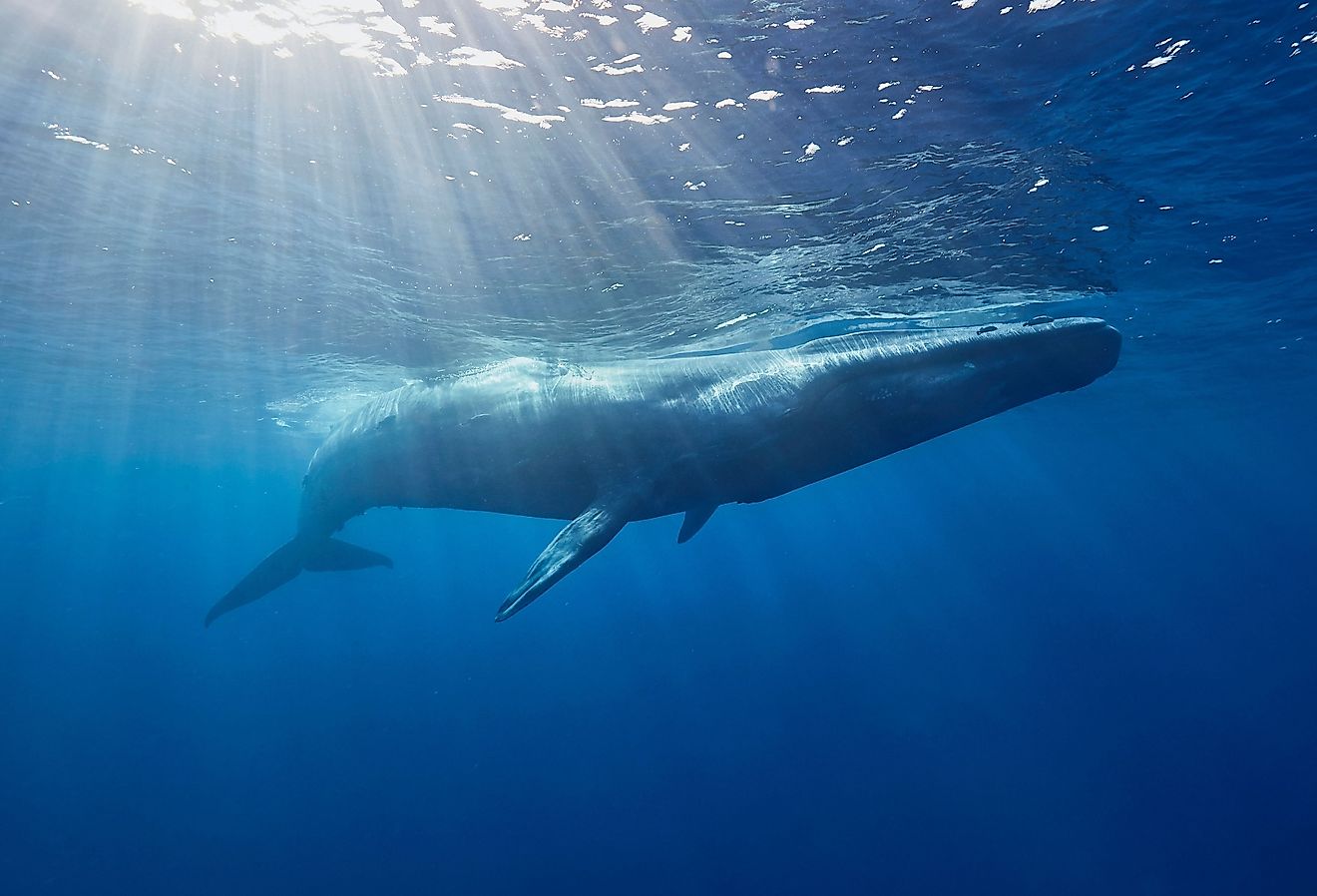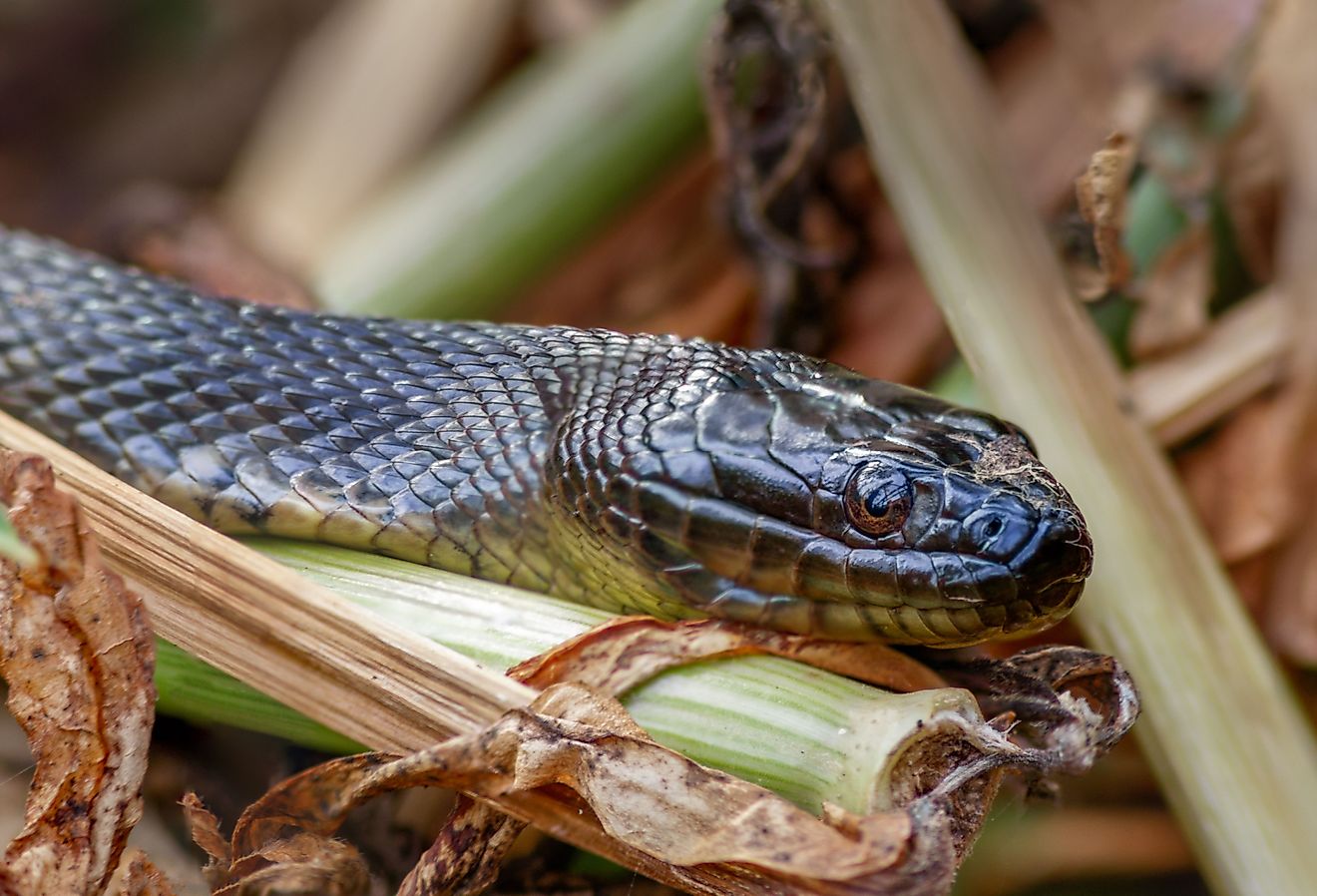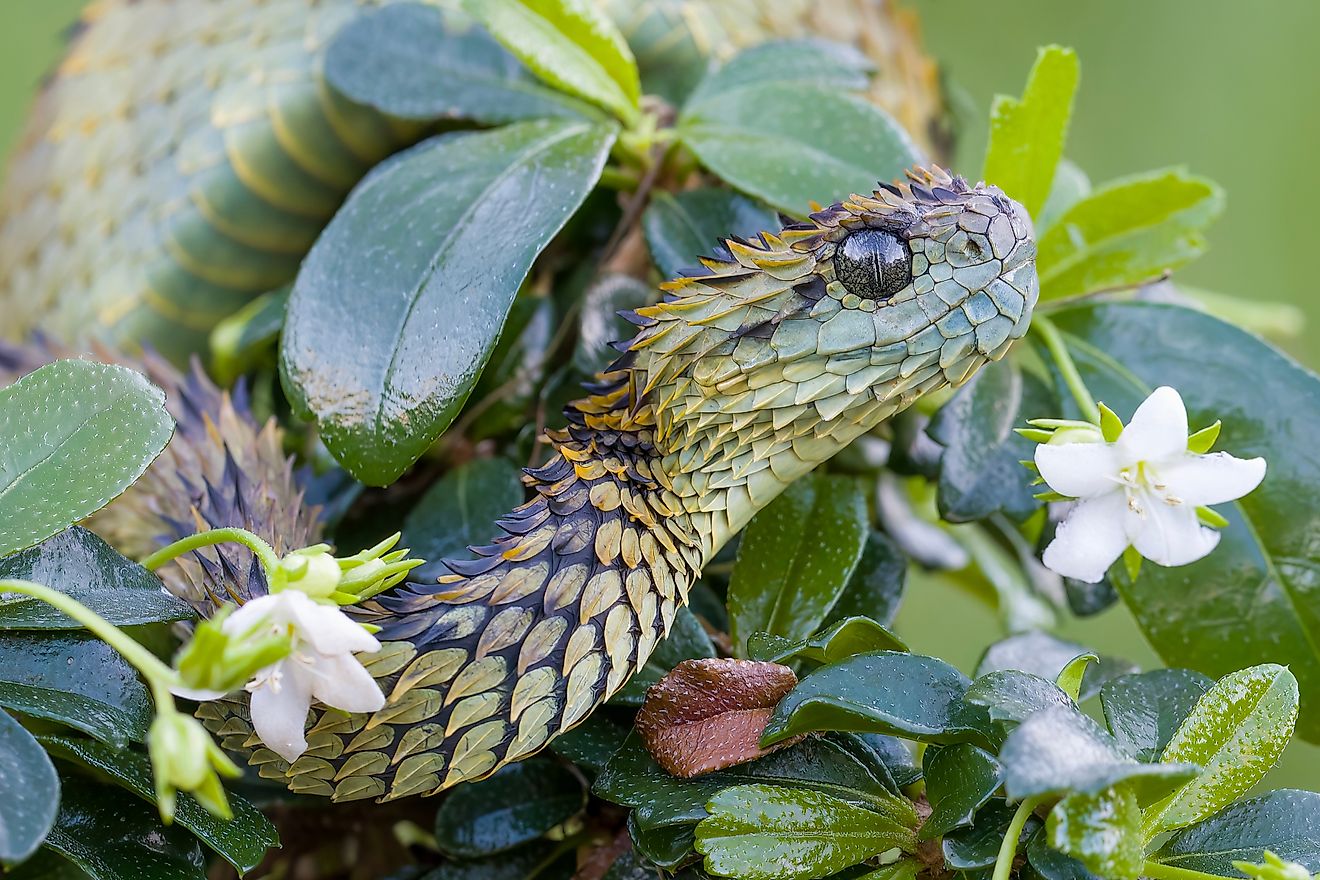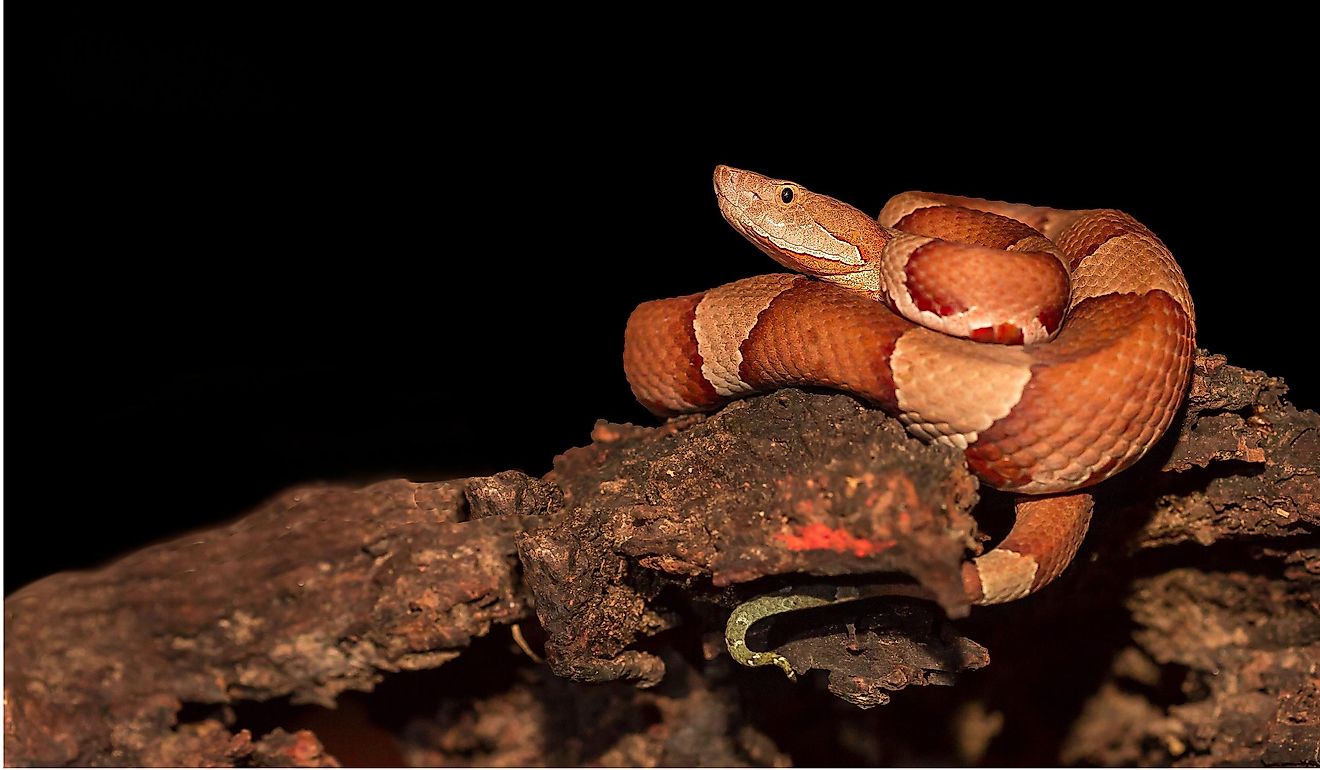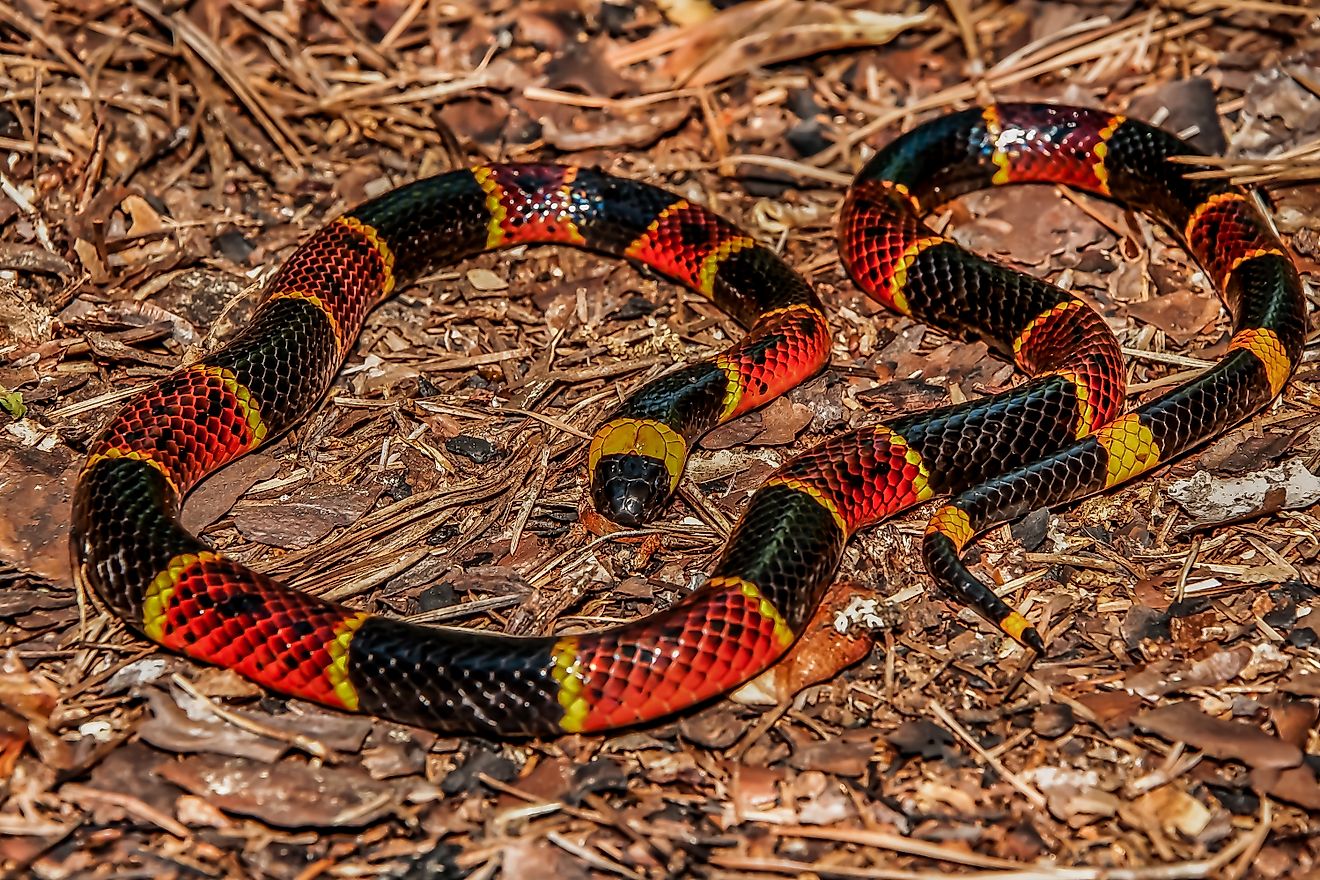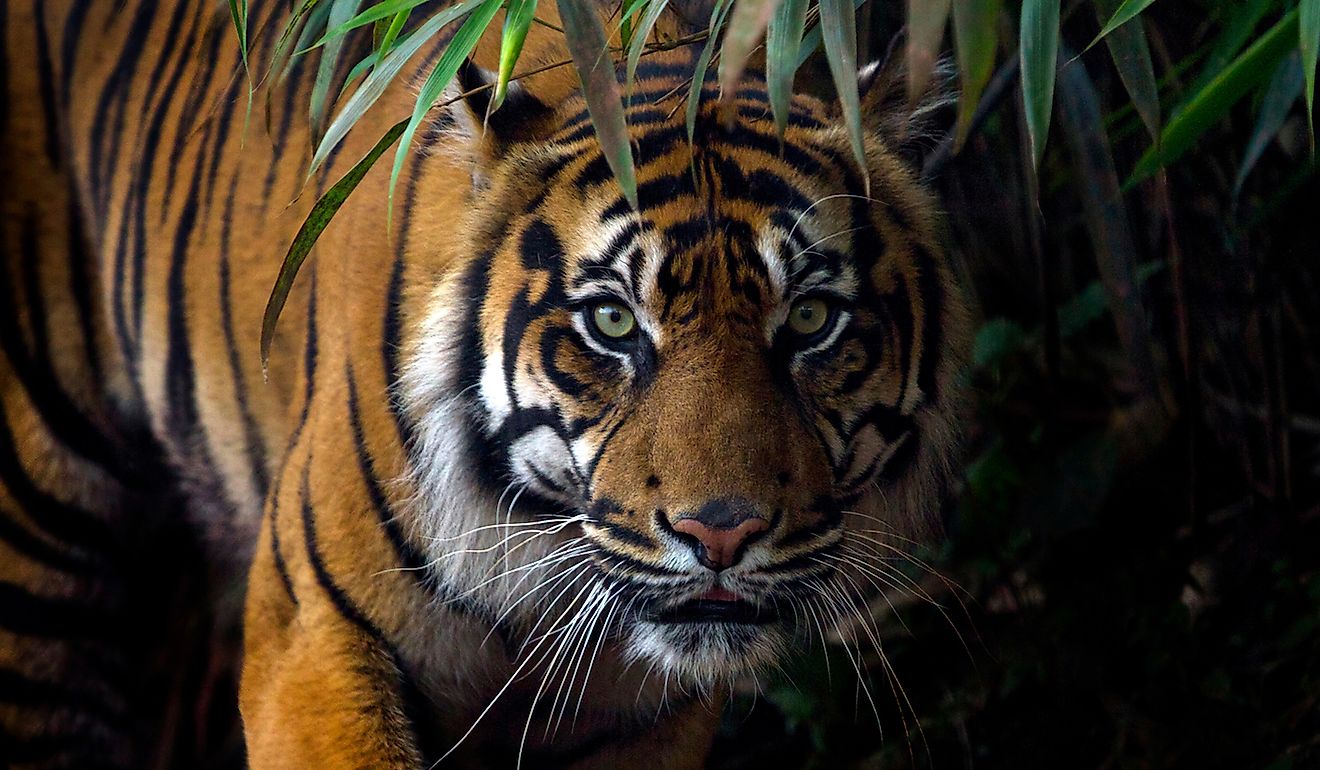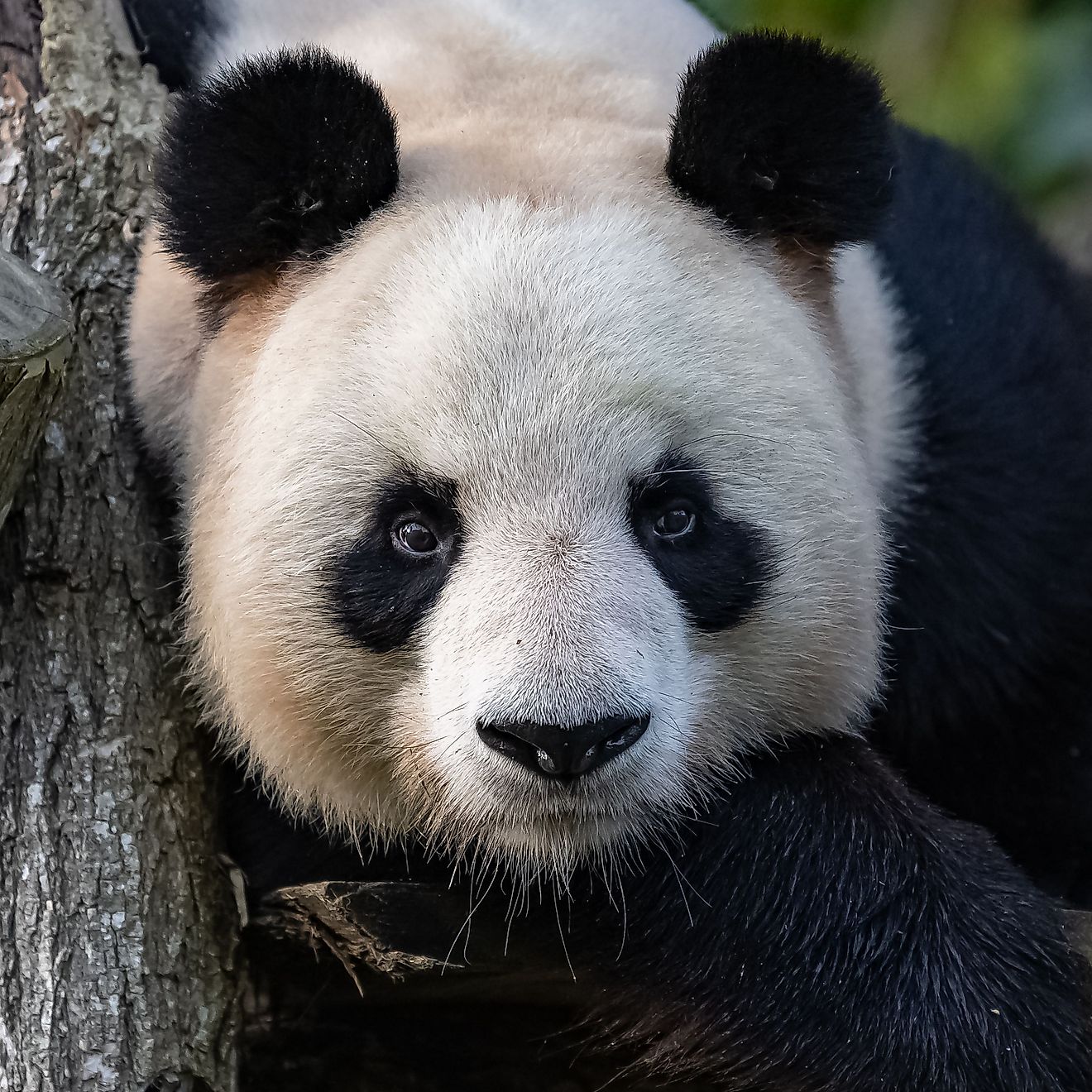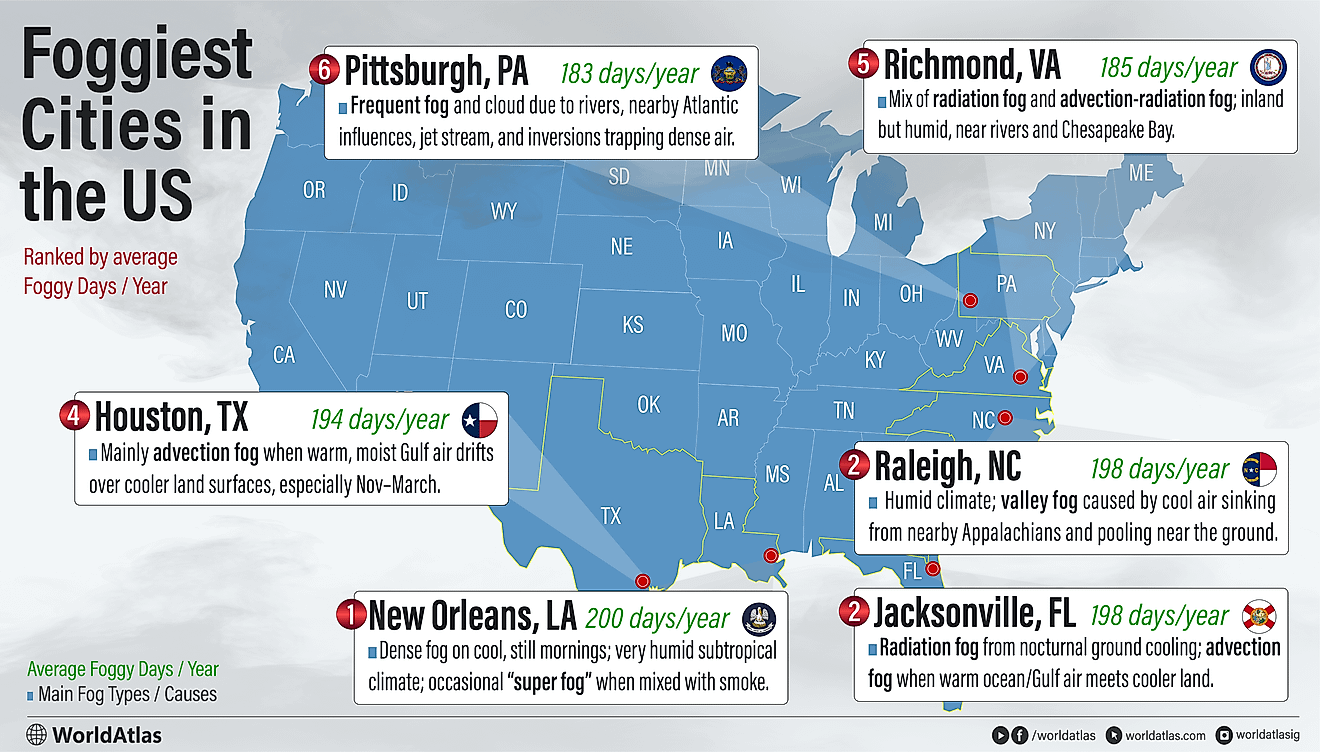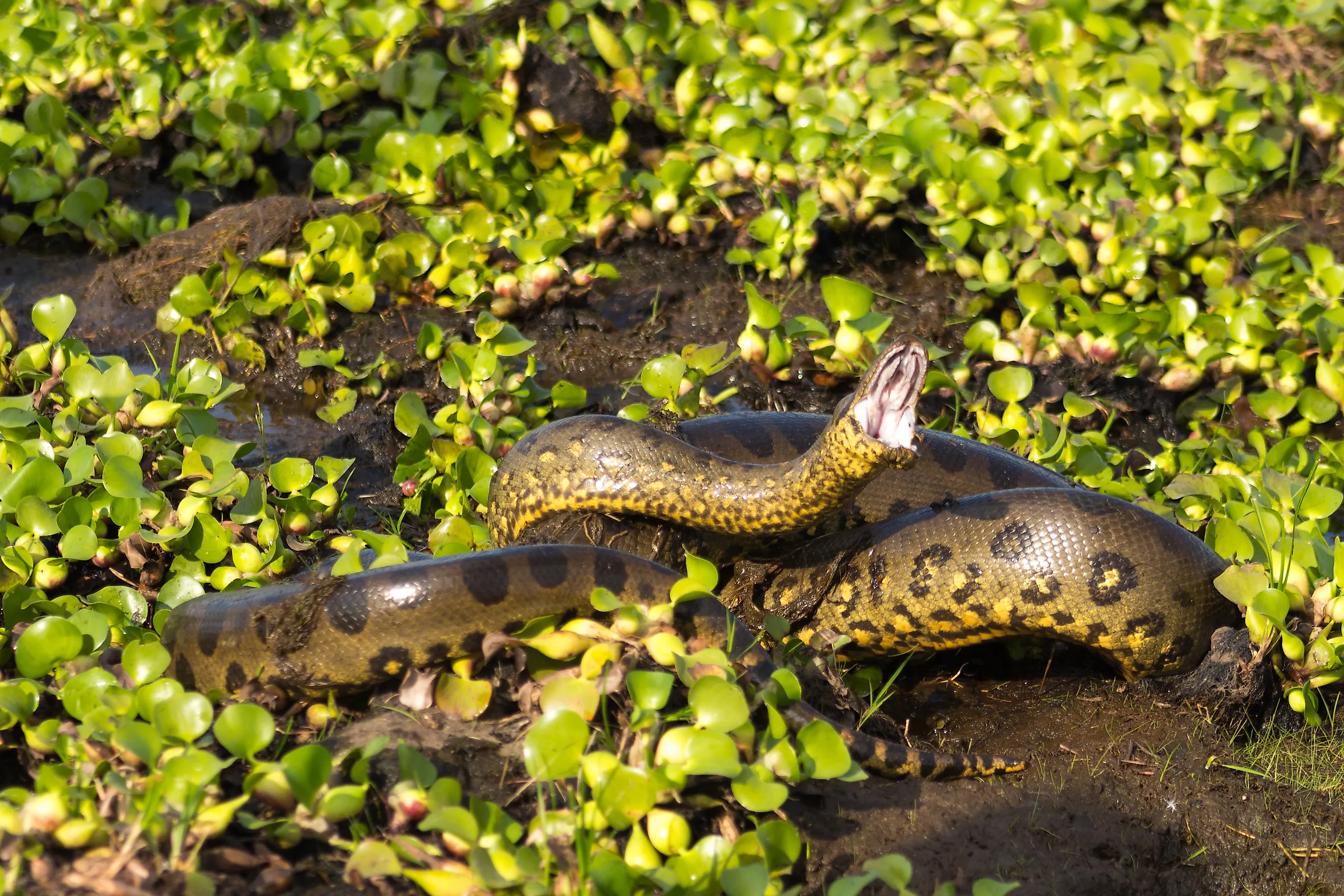
Scientists Discover The World’s Largest Snake Species
The reticulated python (Malayopython reticulatus) may be the longest (on average) extant snake species, but the infamous anaconda is much heavier. The latter, specifically the green anaconda, therefore, consistently earns the crown of the world's largest snake species. Up until 2022, it was thought that this enormous member of the boa family was a single species, i.e., Eunectes murinus (now known as the "southern green anaconda"), but a team of researchers, accompanied by a National Geographic film crew, recently documented a new species, i.e. Eunectes akayima (aka the "northern green anaconda"), and it's already tipping the scales. A female specimen was confirmed to be at least 21 feet (6.3 meters) long and weigh in excess of 200 kilograms (441 pounds). So come along for a vicarious trip down to Ecuador's Amazon jungle to learn more about the planet's heftiest serpents.
The Paradigm-Shifting Expedition
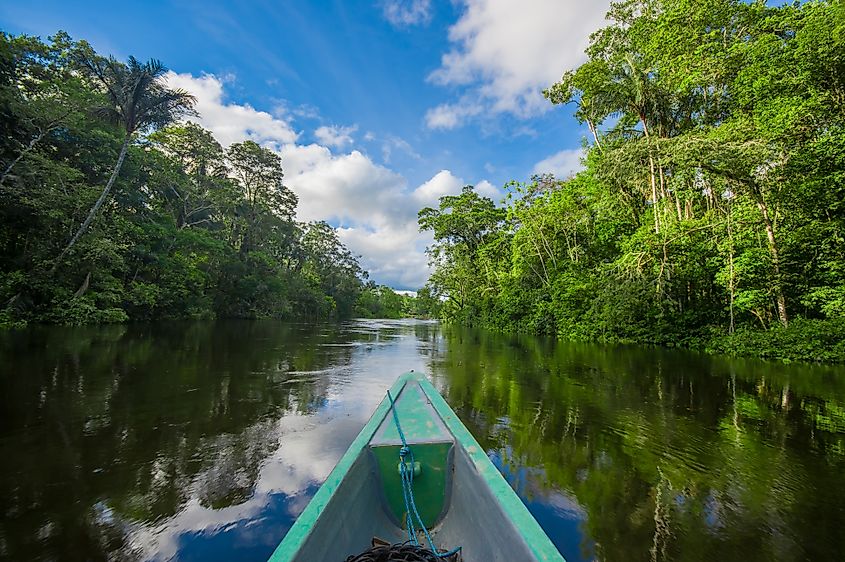
Thanks to an invitation by Waorani Chief Penti Baihua and the accompaniment of Indigenous hunters, Professor Bryan Fry of the University of Queensland was able to lead a team of researchers deep into the Ecuadorian Amazon. The impetus for the expedition that lasted ten days (but was almost 20 years in the making) was two-fold: investigate rumors that the largest living anacondas lurk in the Bameno region of the Baihuaeri Waorani Territory and obtain footage for National Geographic's upcoming "Pole to Pole with Will Smith'' docu-series. Because of the latter motivation, a film crew and even the actors were on hand for the groundbreaking discoveries.
One of the viral videos to come out of this South American snake-seeking mission was of Dutch biologist Freek Vonk swimming alongside a submerged anaconda of incredible proportions. Armed with nothing but a basic breathing apparatus, Vonk shows no hesitation in getting right up close to the behemoth reptile, thereby acting as a helpful size reference in the process. Authorities initially deemed the female northern green anaconda to be 26 feet in length, though many sources have since revised that figure to 20.8 feet (a remarkable find, all the same).
Differentiating Northern/Southern Green Anacondas
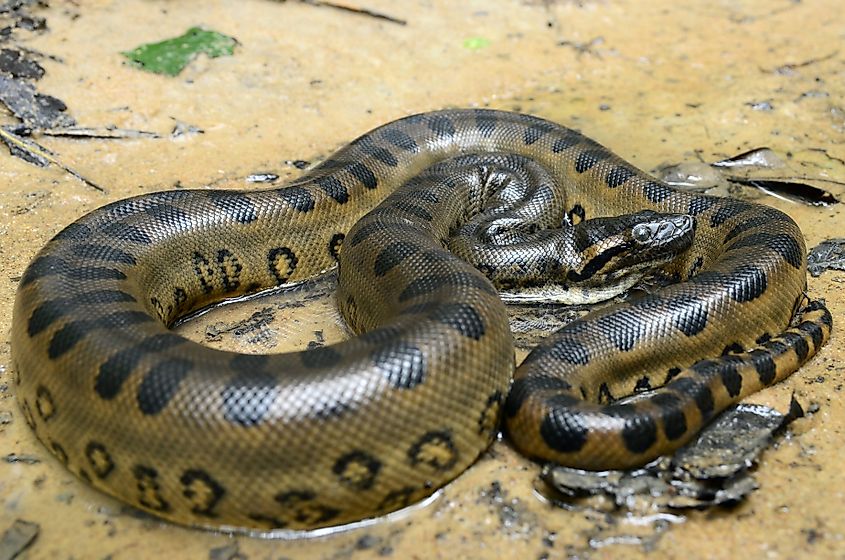
Getting visual confirmation of a new species of green anaconda gave immediate validation for the intensive expedition. But the genetic analysis that followed triggered even more scientific excitement. While the newly-discovered northern green anaconda resembles its cousin to the south in both size and appearance (i.e., olive-colored with large black spots), 10 million years of divergent evolution and a whopping 5.5% difference in genetic makeup separates the two anaconda species. For a pertinent point of reference, we are approximately 98.8% similar to chimpanzees (i.e., our closest living relatives from whom we diverged between 6.5 and 9.3 million years ago).
Outside the lab, one helpful way to distinguish the two gargantuan constrictor snakes is by geographical domain. The southern green anaconda can be found in parts of Peru, Bolivia, French Guiana, and Brazil. In contrast, the northern green anaconda is now thought to lurk in Colombia, Venezuela, Trinidad, Guyana, Suriname, French Guiana (the two species overlap here), and, of course, Ecuador. The green anaconda's large South American distribution covers the Amazon Basin and the Orinoco Basin (i.e., the continent's third-largest watershed).
Like all anacondas (now five recognized species), green anacondas prefer to spend most of their time in the water, as the added buoyancy offers support and maneuverability. Anacondas are specially adapted for life in the water, as the position of their eyes and nostrils allows them to remain almost entirely submerged for long periods. This skill is particularly helpful when it comes time to hunt, as these apex predators use ambush tactics. Green anacondas are exceptionally patient - lying in wait until deer, capybaras, and even caimans come within striking distance, whereupon the unsuspecting prey is constricted, asphyxiated, crushed, and swallowed hole.
The Largest Snakes Ever Recorded…And Tantalizing Rumors
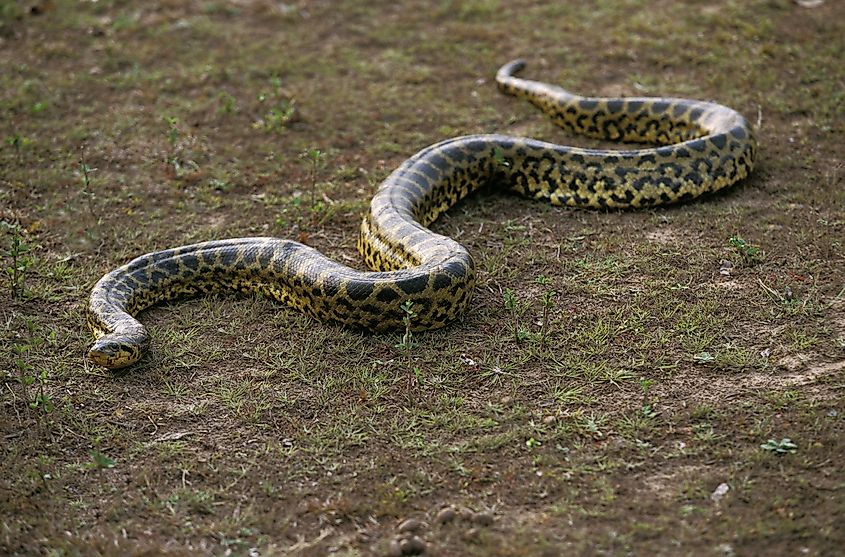
According to the Natural History Museum, the largest green anaconda ever recorded was 27.7 feet long (8.43 meters), 3.6 feet wide (1.11 meters), and weighed over 500 pounds (227 kilograms). While Professor Fry's recent findings didn't quite surpass that, considering the small sample size and the legendary local stories, it's reasonable to expect a new record-holding snake to emerge from the fascinating Ecuadorian ecosystem. To date, only a few scientific teams have been granted access to the Baihuaeri Waorani Territory, so who knows what other enormous constrictors might be lurking beneath the intricate waterways and dense canopy? If rumors are true, anacondas measuring 25 feet (7.5 meters) and weighing over 1,100 pounds (500 kilograms) have been spotted in this part of the Amazon.
Escalating Environmental Pressures
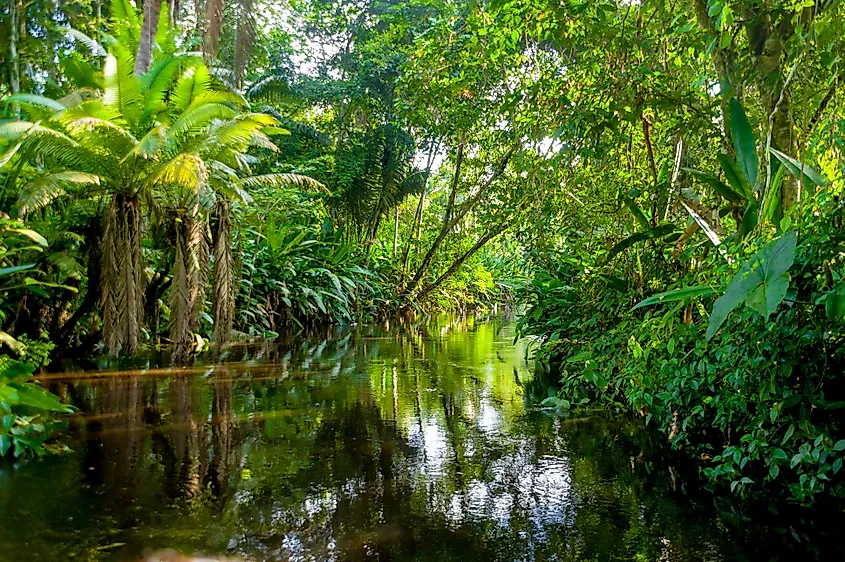
Given its crucial role as an apex predator, its dependence on fragile habitats, and the ongoing destruction of large areas of the Amazon rainforest, researchers consider anacondas to be indicator or keystone species - meaning their population status reflects the overall health of the entire ecosystem. With the exciting addition of the northern green anaconda to the catalog of known Amazonian animals, perhaps increased awareness and funding can be raised to help preserve this vital river basin.
As expected, 20-foot snakes need a large territory with a balanced food chain. Sadly, experts estimate that the northern green anaconda has already lost 20-31% of its habitat due to agriculture-driven deforestation. But habitat loss is only part of the issue; habitat degradation is also widespread. Heavy metal pollution from mining, petrochemicals that disrupt fertility after oil spills, along with regular threats like forest fires and droughts, all threaten this 10-million-year-old species.
Final Thoughts
It's hard to imagine megafauna remaining undiscovered today, emphasizing how expansive and enigmatic the Amazon is. While the Waorani have long been aware of these giants in their land, the northern green anaconda has only recently been recognized by Western science. Through a collaborative, cross-cultural effort, we now know about this snake's "new" relative, the largest in the world.
